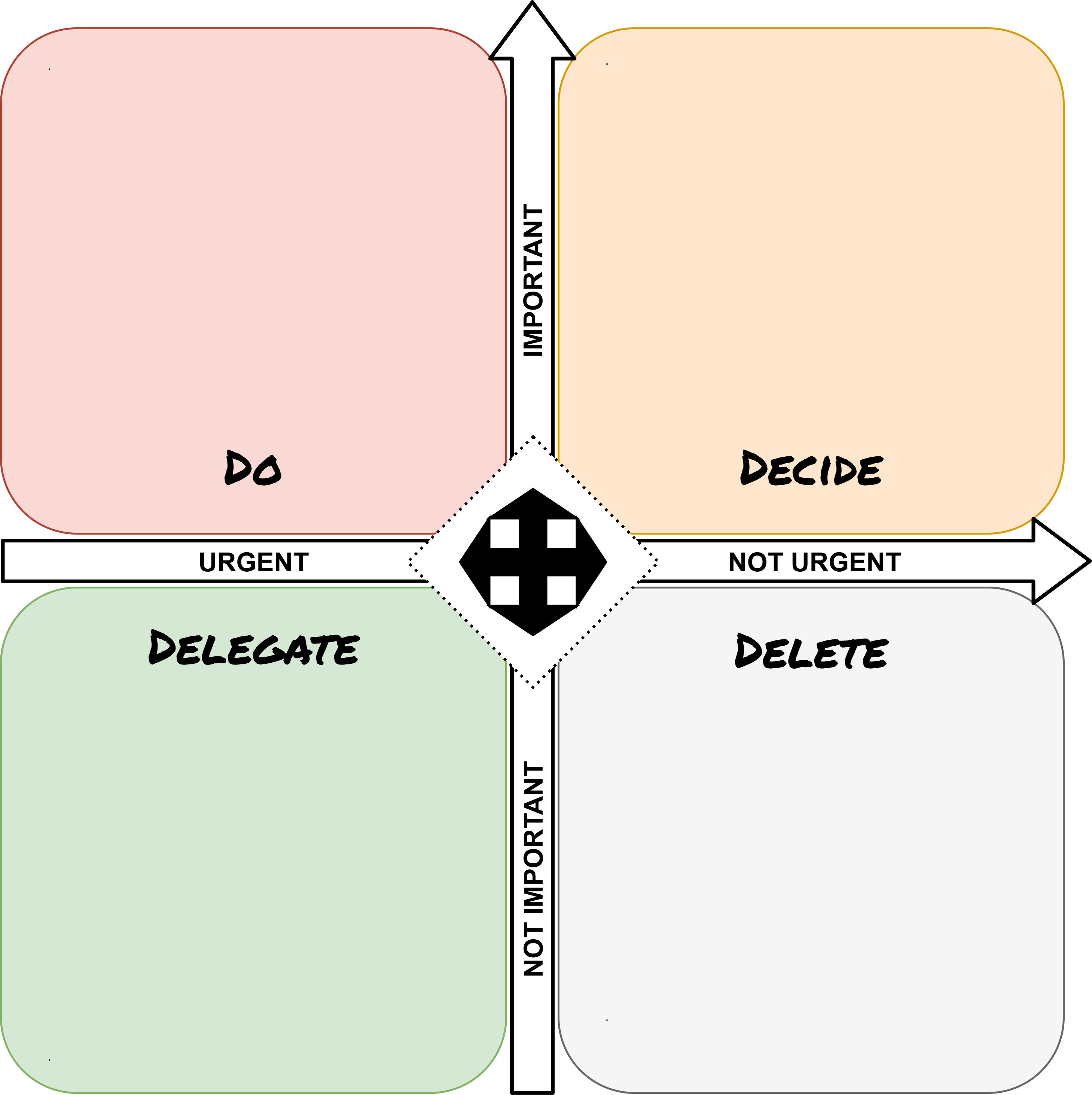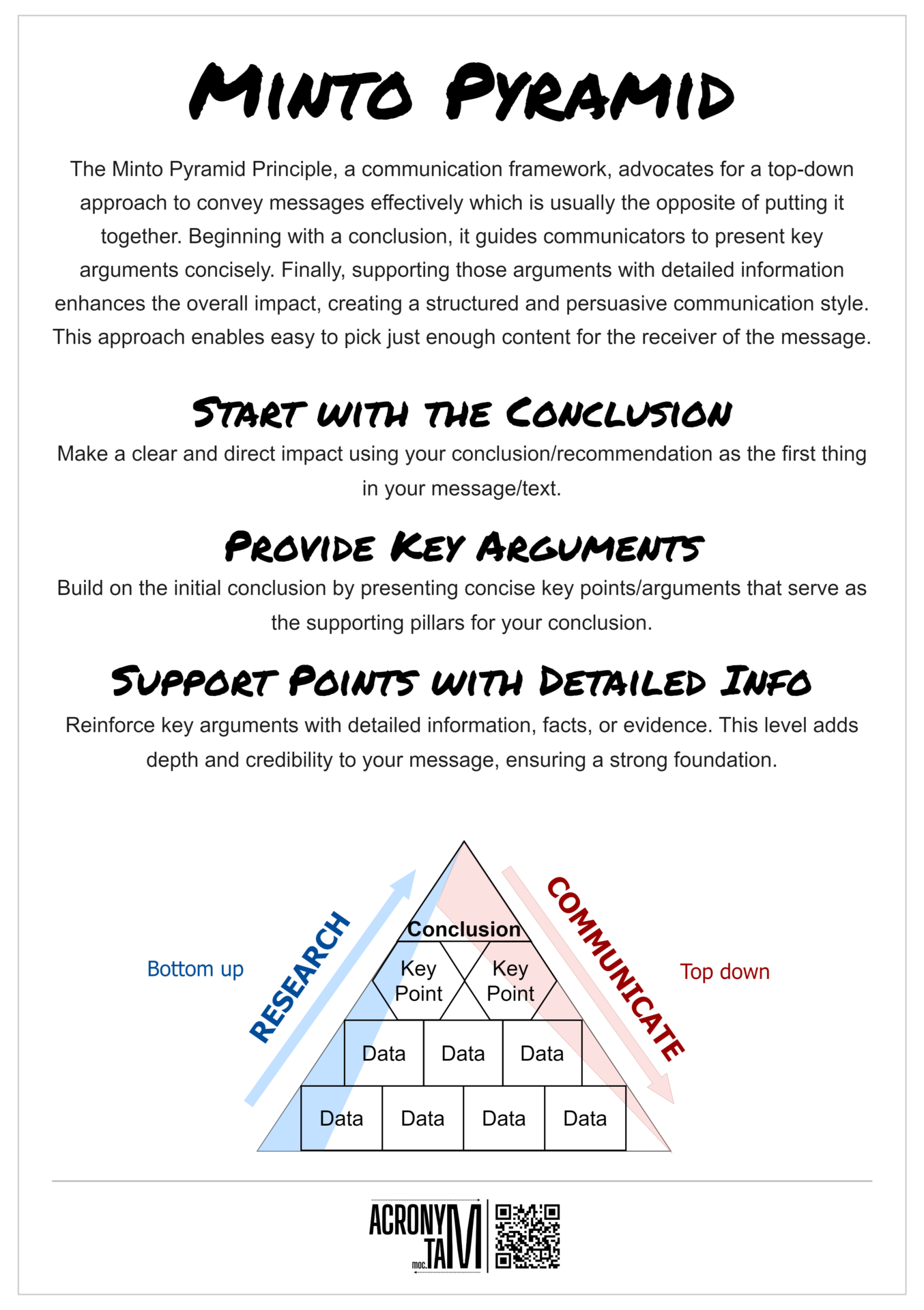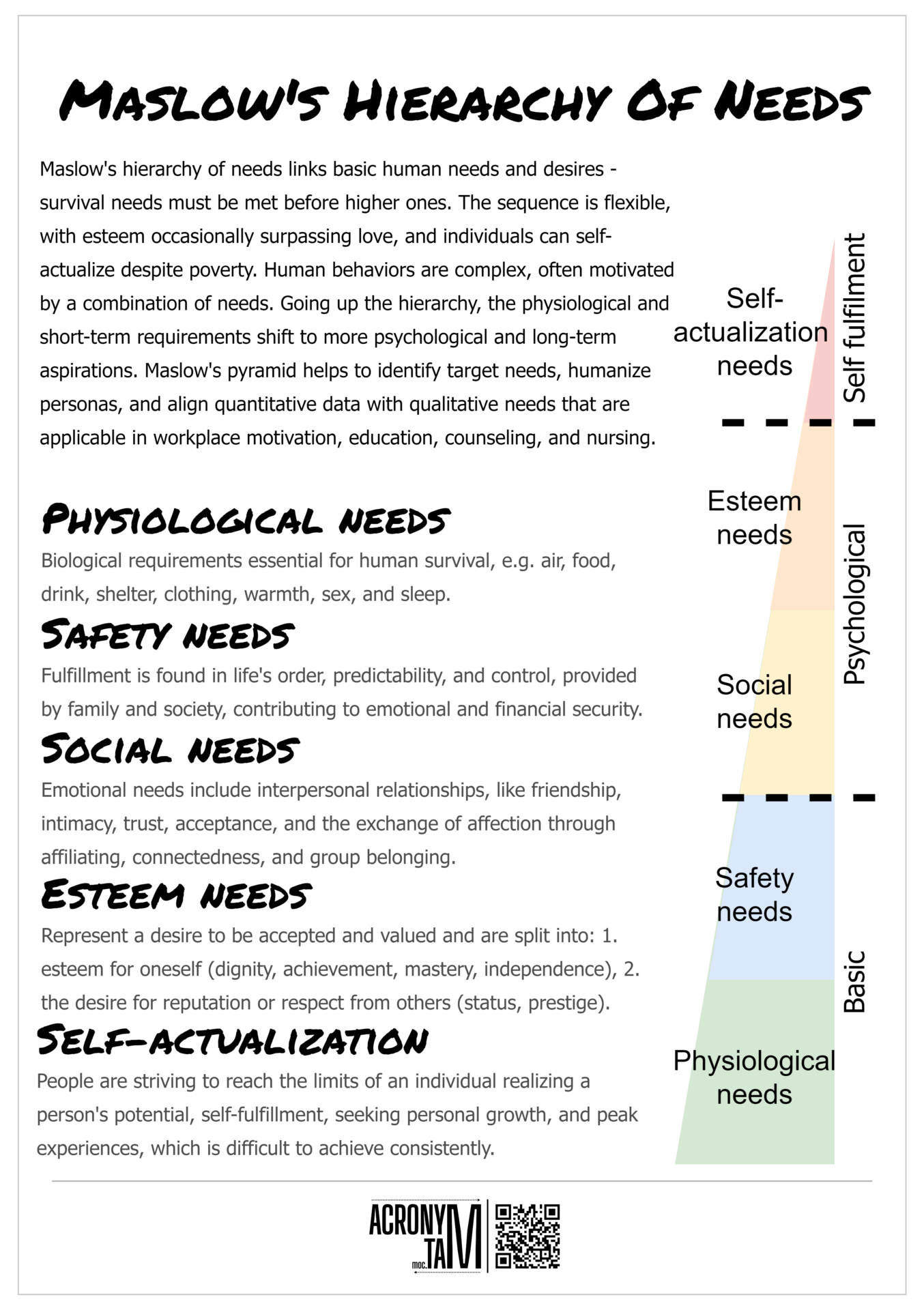Eisenhower Matrix
Article
The Eisenhower Matrix, also known as the Urgent-Important Matrix, is a tool for organizing tasks by their urgency and importance to improve productivity and decision-making. It divides tasks into four quadrants based on these criteria.
Do
Important and Urgent Tasks in this quadrant require immediate attention and are essential to your goals. These are often crises, deadlines, or pressing problems that you should handle right away.
Decide
mportant but Not Urgent These are long-term goals or significant tasks that don’t require immediate action. Planning, strategizing, and scheduling these activities help you prevent them from becoming urgent later.
Delegate
Not Important but Urgent Tasks in this category need prompt attention but can be completed by someone else. Delegating these frees up your time for more critical tasks.
Delete
Not Important and Not Urgent These are distractions or low-value activities that can be eliminated to focus on more meaningful work.
Avoid the high importance/high urgency principle: Clear the unimportant half of the matrix and focus on the low urgency/high importance quadrant. This will keep the items from moving from high urgency to high importance and make you more productive.













